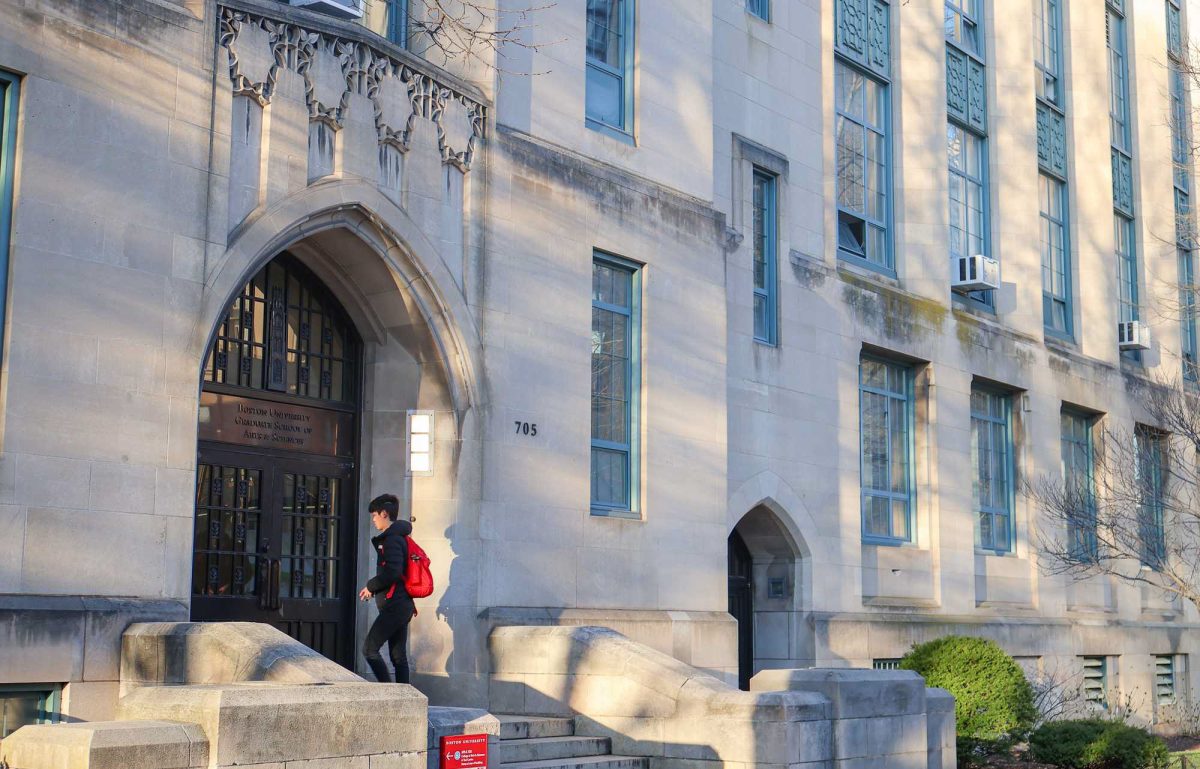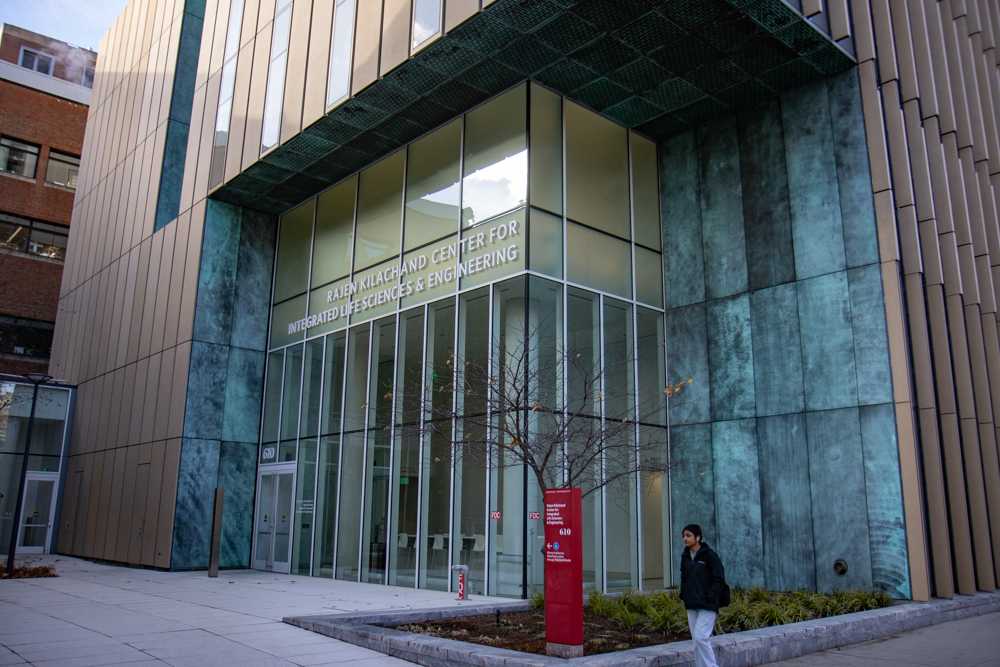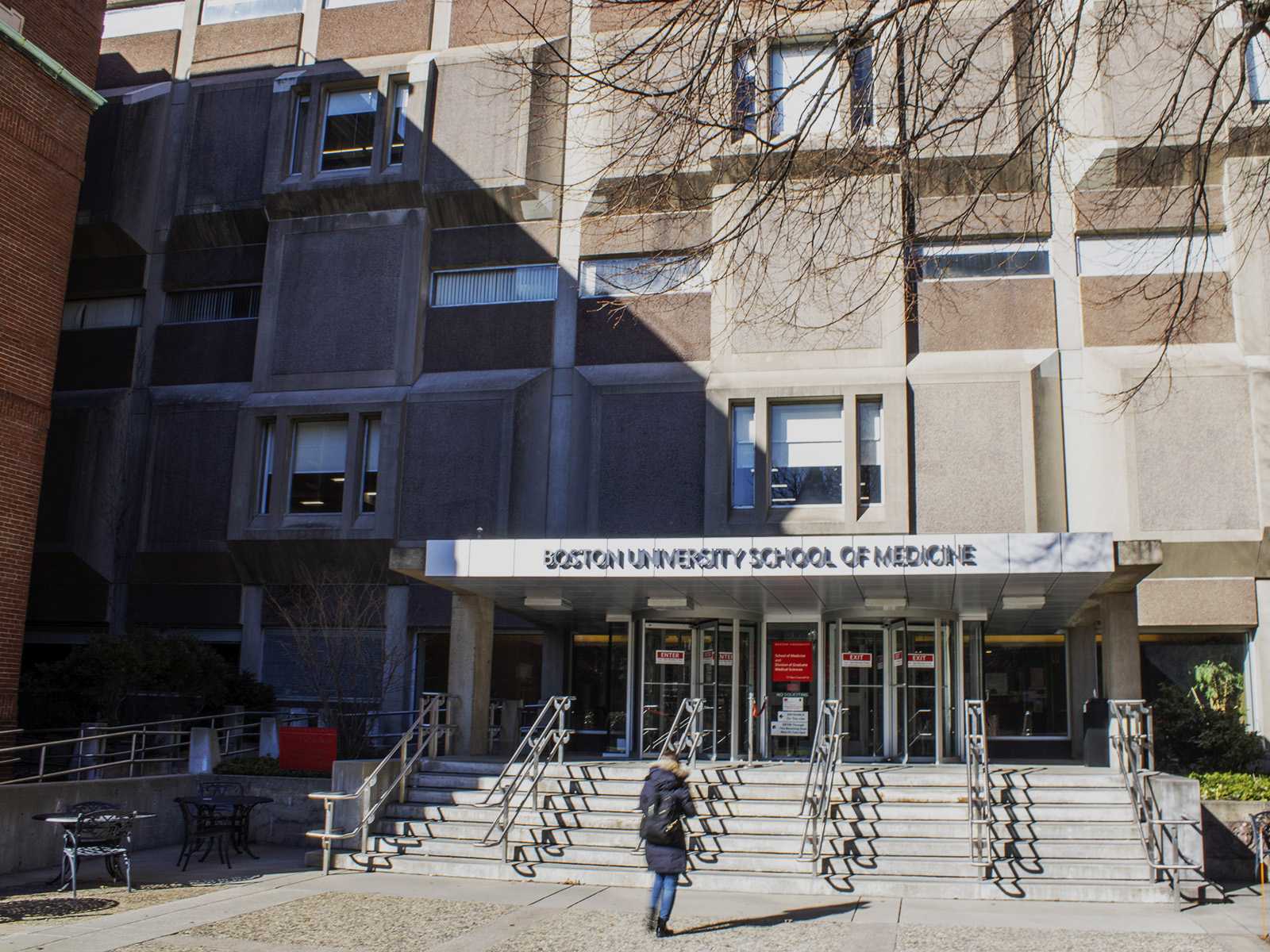On TLC’s reality show ‘Jon and Kate Plus 8,’ life with eight children, a set of twins and a set of sextuplets, seems like a hectic but endlessly enjoyable adventure but a recent birth of octuplets has created a media firestorm and an ethical debate over the use of one infertility treatment.
On January 26th, a 33-year-old woman in California gave birth to the United States’ first surviving set of octuplets. The woman, Nadya Suleman, conceived all 14 of her children through the expensive process of in-vitro fertilization (IVF), in which an egg is fertilized outside of the woman’s body in a lab and then implanted into her.
The army of doctors and hospital staff at the Kaiser Permanente Bellflower Medical Center in Bellflower, Calif. had prepared to deliver septuplets but discovered an eighth baby in the woman’s womb – six boys and two girls – and the surprises did not end there. The woman’s mother revealed to the media that the new mother was unmarried, unemployed and already had six children ranging in age from two to seven. The woman and her six other children live with the woman’s parents in Wittier, Calif. The parents bear the brunt of the financial support.’
IVF is the most popular fertility treatment, followed by the process of artificial insemination, when sperm from a donor is placed into the women’s uterus to fertilize an egg, according to Dr. John Petrozza, chief of the Massachusetts General Hospital Vincent Reproductive Medicine and IVF Division. The octuplets were conceived with the same donated sperm that conceived Suleman’s original six children. Suleman said that she intended on having only one more child.
In-vitro fertilization helps women dealing with the problem of infertility, and many potential parents struggling with infertility will go great lengths in their desire to become parents.
‘The desire to have a child, your legacy, is a strong, powerful motive of these couples,’ Petrozza said. ‘We’ve seen the bad parts, we have to counsel our patients accordingly.’
There are currently no laws in the United States regulating how many embryos a woman may be implanted with. However, most fertility specialists follow a set of ethical guidelines: no more than one or two embryos should be implanted in a healthy woman under the age of 35, and no more than three to five in women over 40. The number of embryos implanted is also dependent on the ‘quality of the embryo on the day of transfer’ and ‘the number of treatment cycles’ the woman has gone through, Petrozza said. At Massachusetts General Hospital, Petrozza said the policy is to implant only one egg unless there are special circumstances.
Suleman’s unnamed Beverly Hills fertility doctor, who is currently under investigation by the Medical Board of California, implanted her with six embryos, more than the number recommended for a 33-year-old woman. Two of the implanted eggs split in two, creating eight viable embryos that developed into fetuses.
‘What the doctor did was unethical,’ said Professor George Annas, chair of the bioethics and human law department at the Boston University School of Public Health. ‘It’s unethical under current guidelines under the American Society of Reproductive Medicine Guidelines of ethics to put more than two embryos in a woman under the age of 35.’
Usually in IVF, more than one embryo is implanted into the woman’s uterus to increase the implantation success rate. Often in multiple birth pregnancies, women are given the option of ‘reduction,’ meaning doctors can reduce the number of embryos that they have successfully implanted to reduce the number of multiples. Suleman refused this option, instead choosing to keep all the embryos, and now there is concern for whether these children will be properly cared for or not. Suleman has said that she intends on completing her master’s degree so she can provide for her children, though she currently receives federal aid and food stamps.
Multiple birth pregnancies pose health risks for both the mother and her unborn children. There is often a greater chance of multiple births when a woman uses fertility drugs to increase her chances of a successful pregnancy. Possible health complications for the mother include high blood pressure and diabetes, and the children of multiple birth pregnancies commonly experience lifelong health problems requiring special care. The babies can be prematurely born small, suffering from complications to their lungs, brain, gestational track and vision. Three of Suleman’s older children have serious medical issues including one with autism.
‘Whenever you deal with multiple gestations, it is a risky endeavor. The rule of thumb is with every additional baby, the risk is increased,’ Petrozza said.
Some have questioned Suleman’s reasons for having so many children despite her circumstances. By opting to keep all of her embryos, she risked both her life and the lives of her unborn children. She has said in interviews that she made the conscious decision to go forth as a single parent and that the father of the children may play a role in their lives in the future. Considering the initial medical costs stemming from the babies’ premature delivery, it is unclear how Suleman will provide for these children financially, though she has recently hired a publicist to handle the media and has put up a website soliciting donations. The PR agency stepped down from representing Suleman this week after receiving death threats and the website is no longer active.
Suleman said in interviews that she believes family, friends, the community and her church will step up and take that responsibility. Unlike previous parents of multiples, she has not received offers of free diapers or formulas from baby product companies because of the looming threat of bad publicity.
Media reports suggest that Suleman’s rumored fertility doctor used a new implantation technique when he implanted her with the embryos, by inserting the embryos directly into the uterine lining rather than leaving it up to chance. Petrozza called this an ‘experiment’ and said that it ‘like any type of procedure, needs to be reviewed by an investigative review board and have the mother’s consent that it is experimental.’
‘I think we’re going to need more federal regulations over the fertility agencies,’ Annas, the Boston University doctor said. ‘They can’t regulate themselves, though they’ve tried valiantly for 25 years.’
One of the future techniques that specialists may use to treat infertility involves getting a better embryo, a key to infertility treatments, according to Petrozza.
‘Most IVF include putting more than one. We determine which are the healthiest, best to implant, and relay across the board which to implant,’ he said.
This would give a better chance for the embryo to develop successfully, and genetically evaluating the embryo could help gauge the chances of it developing successfully, Petrozza said.
The new advances in fertility science and technology, have invited many ethical and practical questions. From a social and cultural perspective, should the fitness or the financial stability of a mother factor into the number of children she should have? Will parents be able to create ‘designer’ babies in the future? Doctors can now pre-screen embryos for many genetic diseases.
‘Most people are very realistic. We don’t want to create babies with certain physical traits and characteristics,’ Petrozza said. ‘As technology develops, there will have to be guidelines.’
But the Suleman octuplets might serve as a point of interest for more than just fertility professionals since the future uses of IVF could have ramifications for society at large.
‘Embryo screening, prenatal genetic diagnosis, screening them for various characteristics and just using the ones with desired characteristics – that’s very problematic,’ Annas said. ‘It’s kind of making the embryo, not designing. You’re only implanting the one with certain characteristics, many believe it’s the first step to designer babies. That’s a societal decision, and there should be a national discussion about it.’
Gene Declerq, assistant dean of doctoral education and professor of maternal and child health at the Boston University School of Public Health, said that Massachusetts used to have the highest rate of multiple births nation-wide, but that it had begun to decline in recent years.
‘There’s been tons of attention the past few years [on fertility treatments], the process that has been going wild. They have, in fact, been self-policing themselves where things are getting better, so it’s ironic and unfortunate this would characterize the field for the near future,’ he said.






















































































































